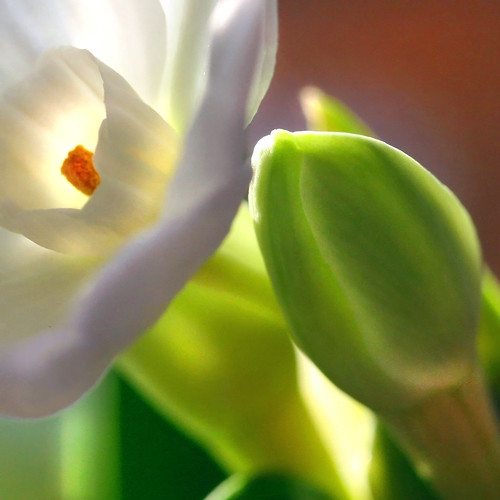Today is “Tu Be Shvat” The New Year for Tree in the Jewish Calendar by Ari Hahn
Today is a holiday that is celebrated by Jewish people around the world and especially in Israel. The holiday is The New Year for Trees, called Tu B’ Shevat.
The Dan Nature Preserve in December by Dara
Date Palm Phoenix dactylifera by Dara
The name Tu B’ Shevat tells people that this New Year of the Trees is celebrated on the 15th (Tu) day of the Hebrew month called Shevat. It comes on different dates in the Western calendar but always around Jan. or Feb. when spring starts in Israel. The holiday is very old, the oldest description of the celebration was said to be written in the 16th century.
Pomegranite Punica granatum by Dara
Some people plant trees on this day.
Cactus with prickly pear fruit or sabra fruit Opuntia ficus-Indica by Dara
Another custom is to eat a new fruit on this day: a fruit which one has not eaten that entire season. Some people eat fruits from the Seven Species of plants described in the Bible as being abundant in the land of Israel. The Seven Species are: wheat, barley, grapes (vines), figs, pomegranates, olives and dates (honey) (Deut. 8:8) Because Tu in Hebrew means 15, some people say one should eat 15 fruits that day. Other fruits some have added to the list of fruits to be eaten include citrons, apples, pears, carobs, almonds and walnuts.
Continue reading “The Jewish Holiday of Tu B’Shevat – The New Year for Trees”








